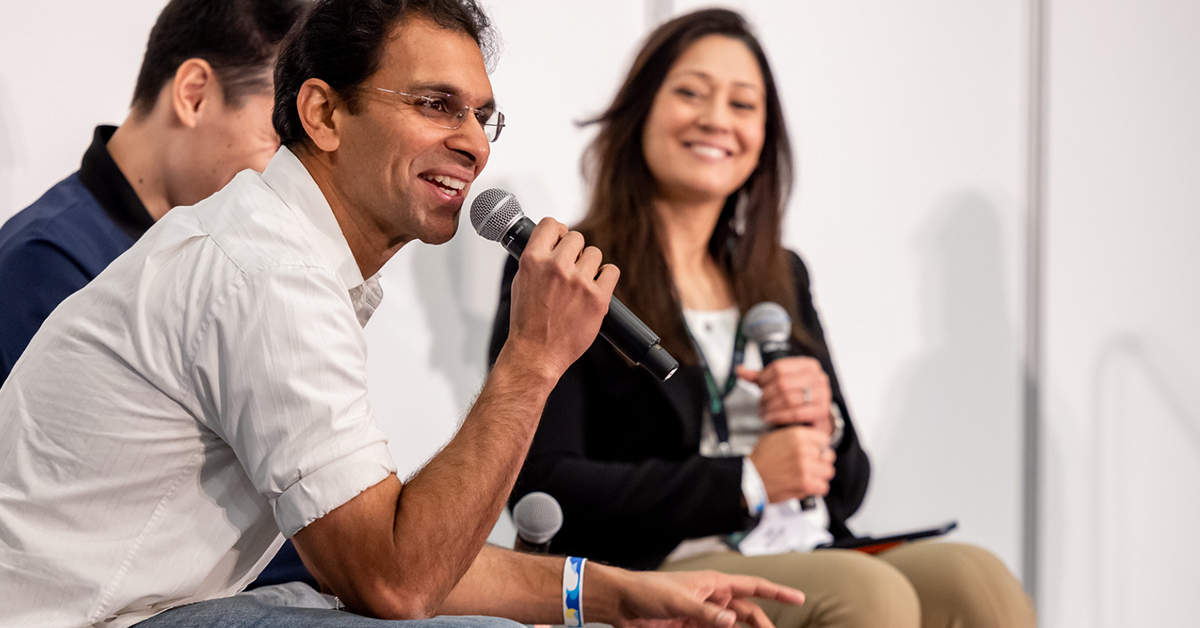Last fall, Voyantis CEO Ido Wiesenberg shared a TC+ post with several tactics for reducing customer acquisition costs via predictive modeling.
In a follow-up, he explains how to use predictive lifetime value (LTV) to create “more targeted, effective acquisition strategies that focus on acquiring and retaining customers.”
Adding predictive LTV to decision flows does more than just identify lucrative customers early in the sales cycle — you can also use it to set performance targets and help teams adjust campaign budgets midstream.
Full TechCrunch+ articles are only available to members
Use discount code TCPLUSROUNDUP to save 20% off a one- or two-year subscription
“Not using predictive LTV to inform decisions is like going on a hike, not knowing where it will end and how hard it will be,” writes Wiesenberg, who says combining CAC with predictive LTV optimization balances risk and growth.
This post includes real-life examples of predictive LTV decisions that can help generate higher returns on ad spending or identify underperforming campaigns that can be stopped in their tracks.
Thanks very much for reading,
Walter Thompson
Editorial Manager, TechCrunch+
@yourprotagonist
Going private: A guide to PE tech acquisitions

Image Credits: PM Images (opens in a new window) / Getty Images
For private equity firms in search of bargains, now is a great time to be alive.
With the IPO window nailed shut and so many public companies facing dwindling valuations, PE firms spent $226.5 billion on M&A in H1 2022, 39% more than a year earlier.
However, “success is not guaranteed,” writes Jaggaer CFO Jeff Laborde in a TC+ explainer that examines what happens in the months that follow the pre-closing period.
“M&A is a part of doing business and it’s important to recognize that the impact and disruption of a PE take-private deal may be felt for years.”
Biotech proved a surprisingly bright spot in 2022’s startup correction

Image Credits: Getty Images
The hard science and regulations that govern biotech companies sets them far apart from other startups.
Successfully navigating clinical trials is arguably harder than simply showing investors you can reach product-market fit, and still, “U.S. biotech deals also set new records in 2022 for both median deal size, $33.5 million, and median valuation, $38 million,” reports Rebecca Szkutak.
To learn more about why the sector has been so resilient in the face of widespread market corrections, she interviewed three early-stage biotech investors:
- John Flavin, founder and CEO, Portal Innovations
- Jorge Conde, general partner, Andreessen Horowitz
- Zavian Dar, co-founder and general partner, Dimension Capital
5 investors discuss Boston’s resilient tech ecosystem

Before yesterday’s TC City Spotlight: Boston event, Anna Heim interviewed five investors active in the area to learn more about the pace of dealmaking, layoffs, and other topics of interest to the local tech community.
Here’s who she spoke to:
- Rudina Seseri, founder and managing partner, Glasswing Ventures
- Lily Lyman, general partner, Underscore VC
- Sanjiv Kalevar, partner, OpenView
- Katie Rae, managing partner, The Engine
- Russ Wilcox, partner, Pillar VC
Active learning is the future of generative AI: Here’s how to leverage it

Image Credits: Andriy Onufriyenko (opens in a new window) / Getty Images
The generative AI models that have made headlines and memes in recent months weren’t cooked up in someone’s garage or basement.
“Only well-funded institutions with access to a massive amount of GPU power are capable of building these models,” says Encore co-founder Eric Landau, who recommends using the iterative process of active learning to “leapfrog the AI production gap and build models capable of running in the wild more quickly.”
In a TC+ post aimed at ML team managers, he shares tactics for leveraging active learning and addresses the perennial buy-versus-build dilemma.
Apply now to speak at TechCrunch Disrupt in September

Interested in speaking at TechCrunch Disrupt this September in San Francisco?
Submit a title and a description for the topic you’d like to talk about before April 21.
Selected applicants will have a chance to lead a roundtable discussion or participate in a breakout session followed by an audience Q&A.
TechCrunch+ roundup: Using predictive LTV, Boston VC survey, active learning for ML teams by Walter Thompson originally published on TechCrunch















 English (US) ·
English (US) ·